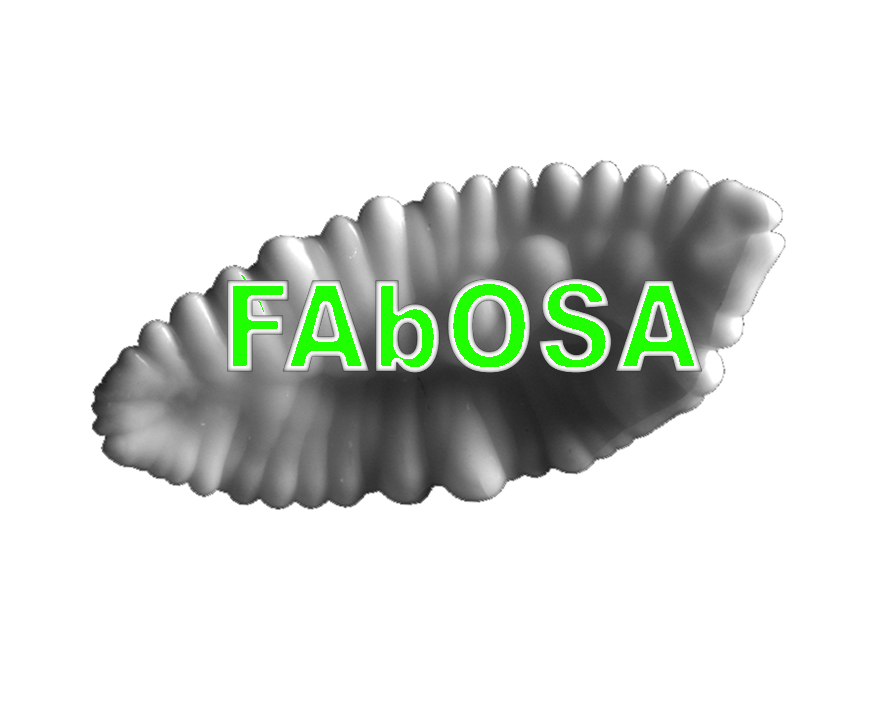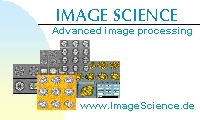FISH AGEING BY OTOLITH SHAPE ANALYSIS
(FAIR CT 97-3402)

Summary
|
Tasks
|
Partners
|
Meetings
|
FABOSA
|
Otolith Analysis
|
SUMMARY
For determining the total allowable catch (TAC) of commercially exploited fish species, knowledge of the age distribution of the population is essential. The aim of this project is to develop fast and objective ageing criteria for large-scale routine application. We intend to develop and validate a non-destructive technique based on measurement of the external shape of otoliths in combination with other directly available data like otolith weight. For validating the methodology we will use otoliths of known-age cod, eel, turbot, sea trout and salmon. Extending the new methodology to other commercially important species like anchovy will be validated by existing ageing techniques. The shape of the otoliths will be described by their two-dimensional (2-D) contours (e.g. Fourier shape analysis) and by their three-dimensional (3-D) outer surfaces. The 3D approach - novel in the field of otolith analysis - will be used to justify the simpler and faster 2-D technique. 3-D analysis may by itself yield new insights in how age, environmental factors, and genotype influence the growth and the shape of otoliths. For precisely characterising these factors, a large data base containing contours and 3-D surfaces needs to be collected and processed for each of the species studied. These data bases will form the frame of reference for the novel rapid ageing technology. The project will be a collaboration between fishery research institutes in Sweden, Italy, and Denmark, and 2-D/3-D data processing groups from Germany, the United Kingdom, and Belgium. |

Cod otolith scanned with a micro X-ray
tomograph and processed with IMAGIC-5
Summary
|
Tasks
|
Partners
|
Meetings
|
FABOSA
|
Otolith Analysis
|
TASKS
|
|
|
Task 1
|
Otolith data of fish with known age - Cod (Gadus morhua) - Eel (Anguilla anguilla) - Turbot (Psetta maxima) - Sea-trout (Salmo trutta) - Salmon (Salmo salar) |
|
Task 2
|
Two-dimensional methodology development - Analysis of 2D contours of otoliths - Classification and validation software - Validation and implementation of traditional annulus counting - Design and assembly of an "otolith workstation" |
|
Task 3
|
Three-dimensional methodology development - Otolith micro X-ray tomography and surface topography - Cross validation of 2D and 3D methodologies - 3D otolith shape modelling |
|
Task 4
|
Application of the methodology to another economically important
species - Anchovy (Engraulis encrasicolus) |
Summary
|
Tasks
|
Partners
|
Meetings
|
FABOSA
|
Otolith Analysis
| PARTNERS |
|
Swedish National Board of Fisheries
Institute of Freshwater Research at Drottningholm www.fiskeriverket.se |

|
|
Istituto di Ricerche sulla Pesca Marittima
Consiglio Nazionale delle Ricerche adria.irpem.an.cnr.it |

|
|
Image Science
Software GmbH www.ImageScience.de |

|
|
Imperial College of Science, Technology & Medicine www.bc.ic.ac.uk/research/vanheel/group |

|
| SUBCONTRACTORS |
|
Danish Institute for Fisheries Research
www.dfu.min.dk |
|
| CO-WORKERS |
|
University of Antwerp
Visielab www.ruca.ua.ac.be/visielab |

|
|
University of the Faroes
Fisheries Laboratory www.frs.fo |

|
Summary
|
Tasks
|
Partners
|
Meetings
|
FABOSA
|
Otolith Analysis
| MEETINGS |
| LONDON |
October 1997
|
|
| DROTTNINGHOLM |
February 1998
|
|
| ANCONA |
October 1998
|
|
| DROTTNINGHOLM |
February 1999
|
|
| BERLIN |
November 1999
|
|
| DROTTNINGHOLM |
April 2000
|
|
| ALTEA |
May 2000
|
|
| ÄLVKARLEBY |
May 2000
|
|
| LONDON |
November 2000
|
|
| BERLIN |
March 2001
|
|
| ALTEA |
August 2001
|
|
| ANCONA |
November 2001
|
Summary | Tasks | Partners | Meetings | FABOSA | Otolith Analysis
|
Responsible / Verantwortlich © Copyright 1990-2003 Image Science Software GmbH webmaster(at)ImageScience.de - Site Notice - Privacy Policy |